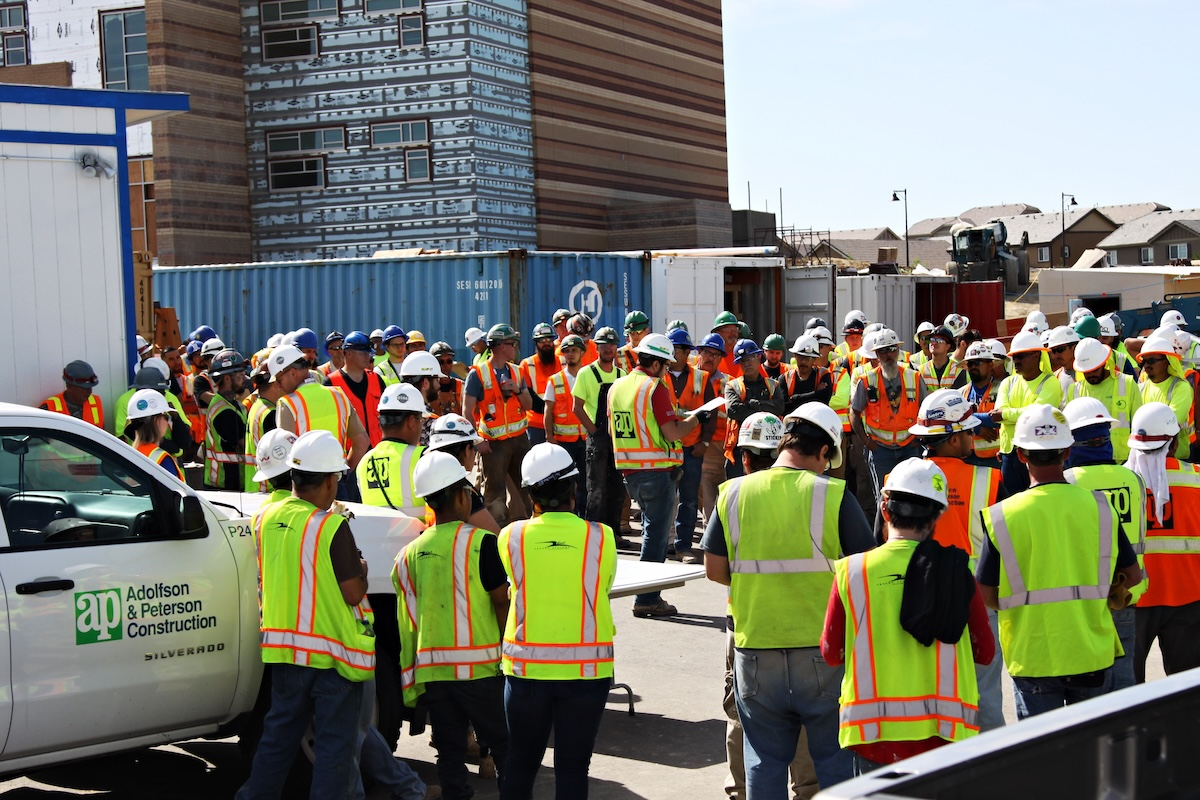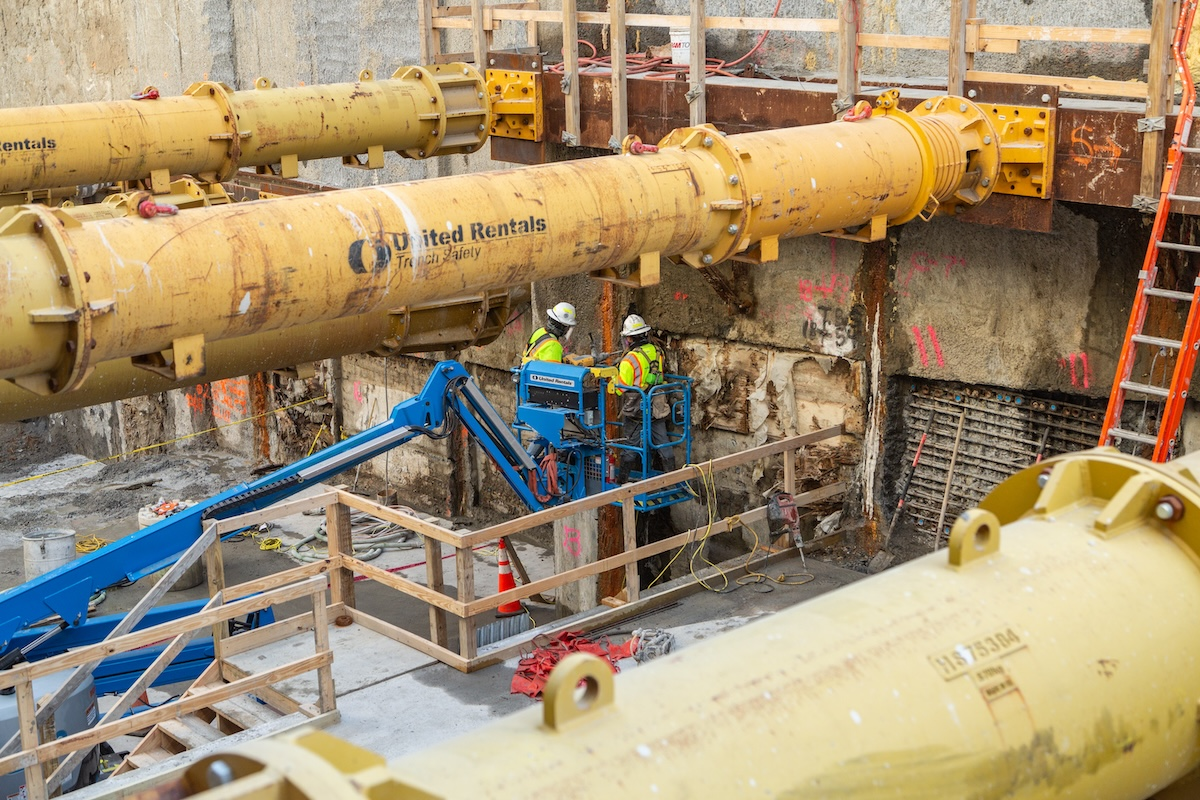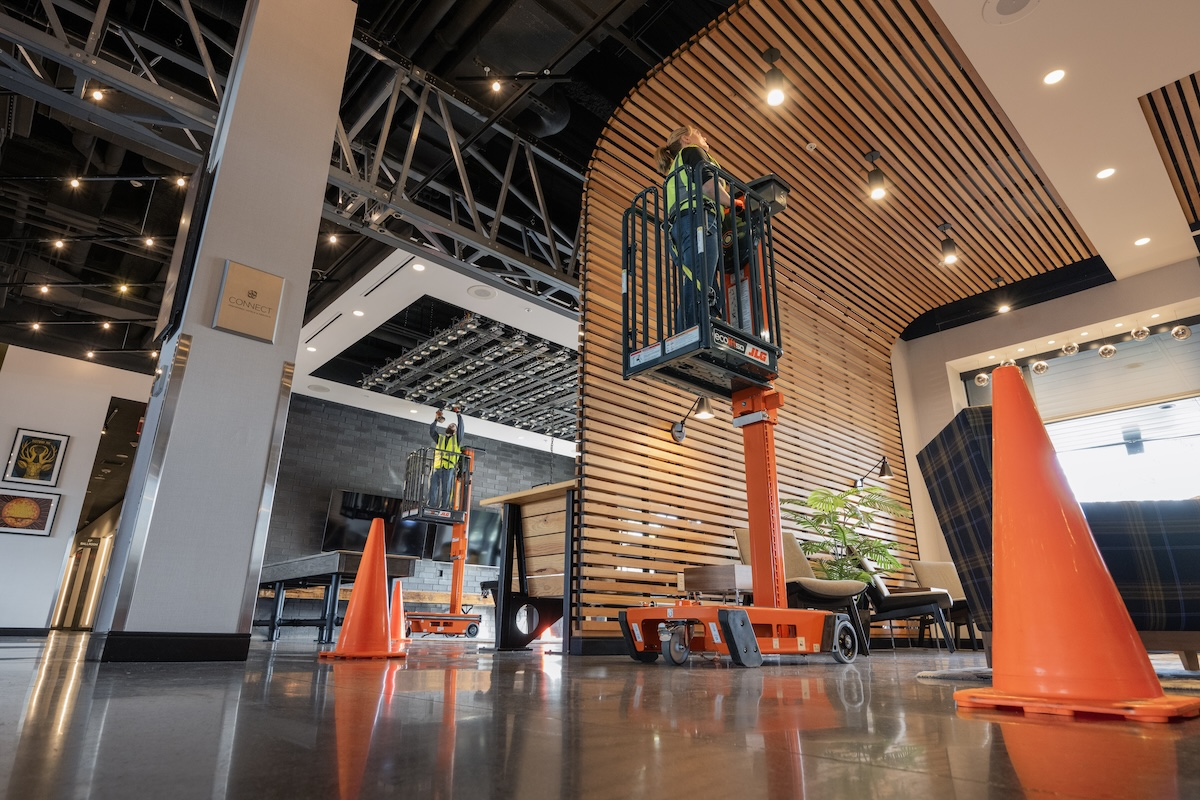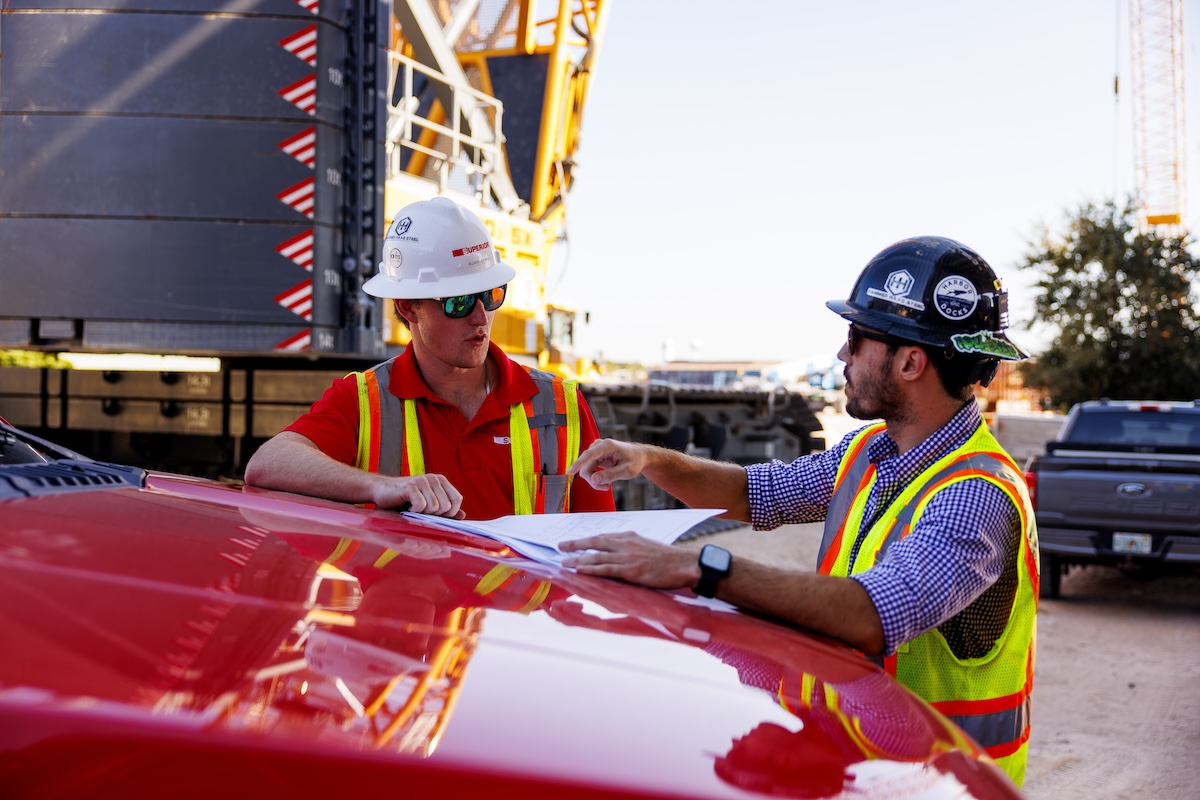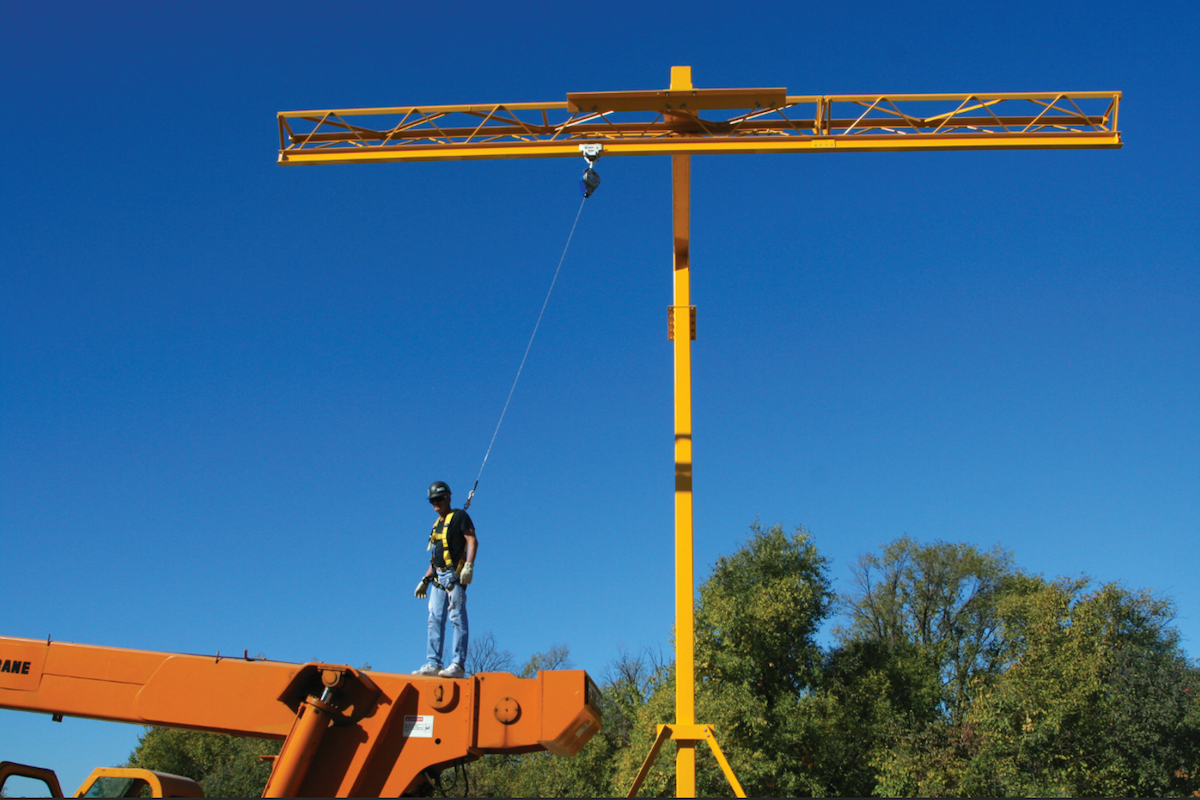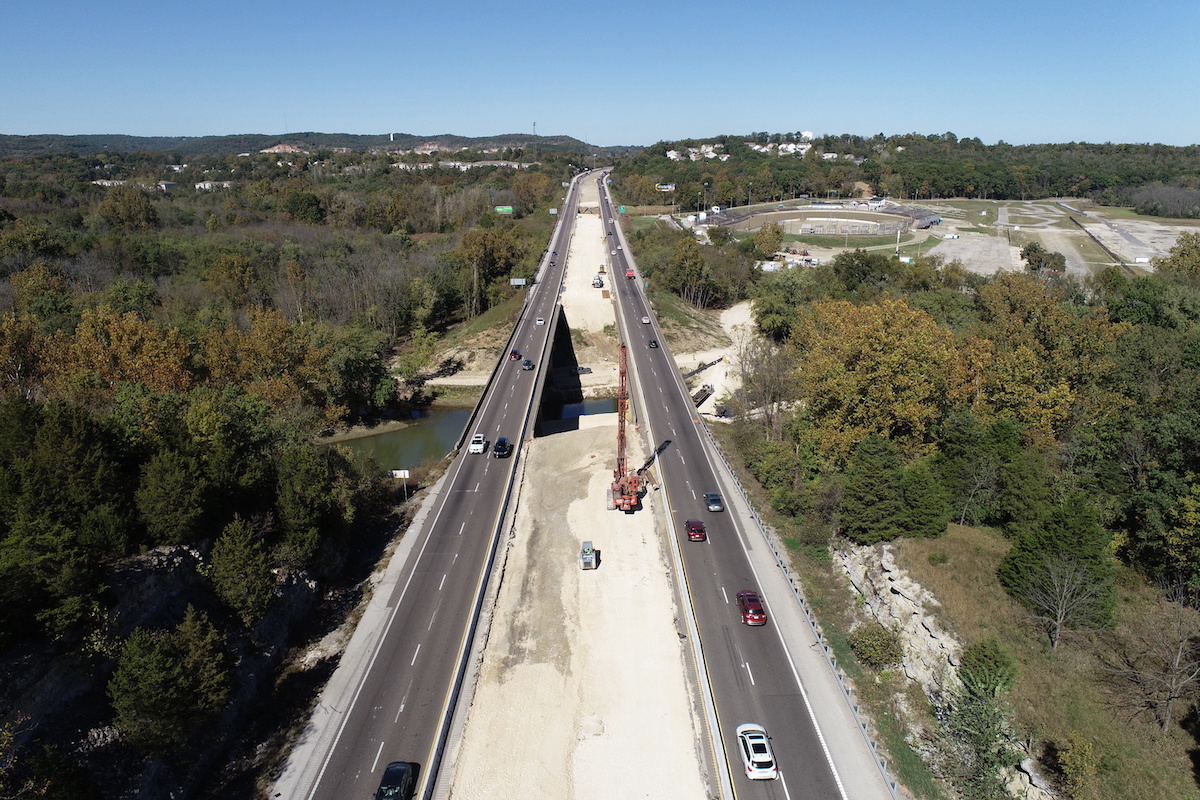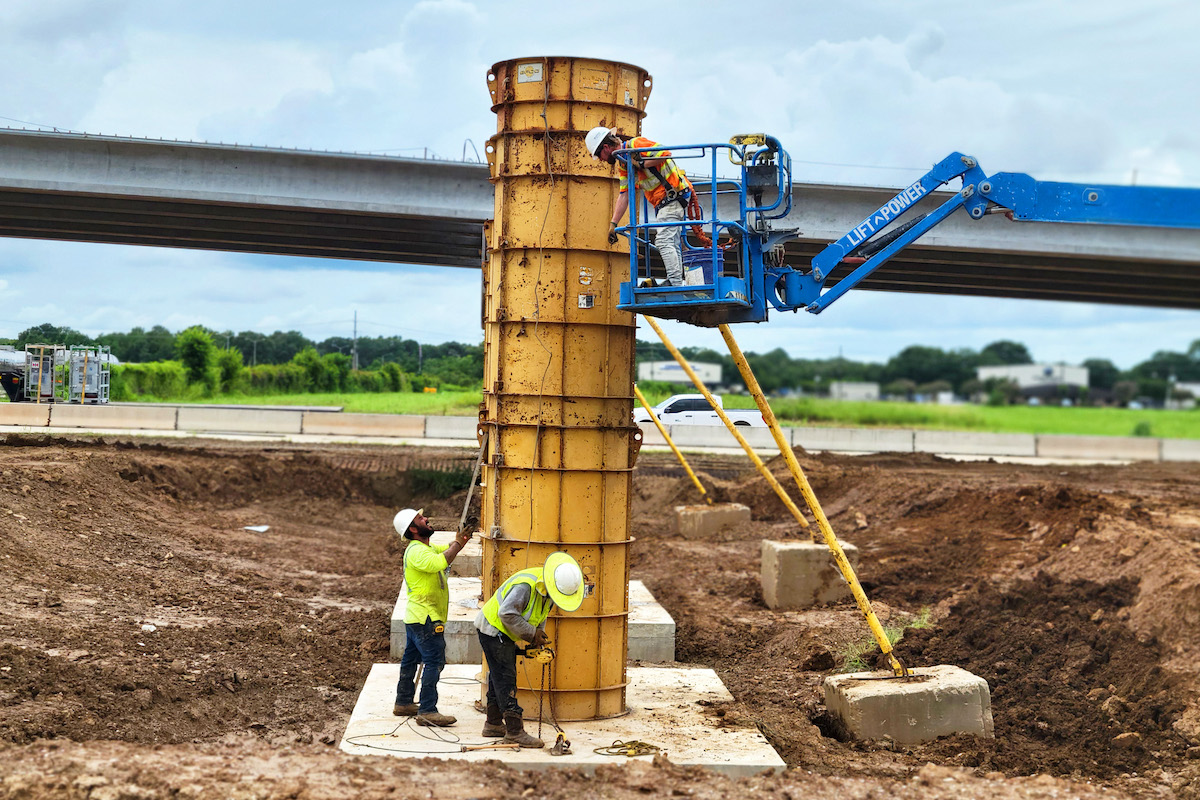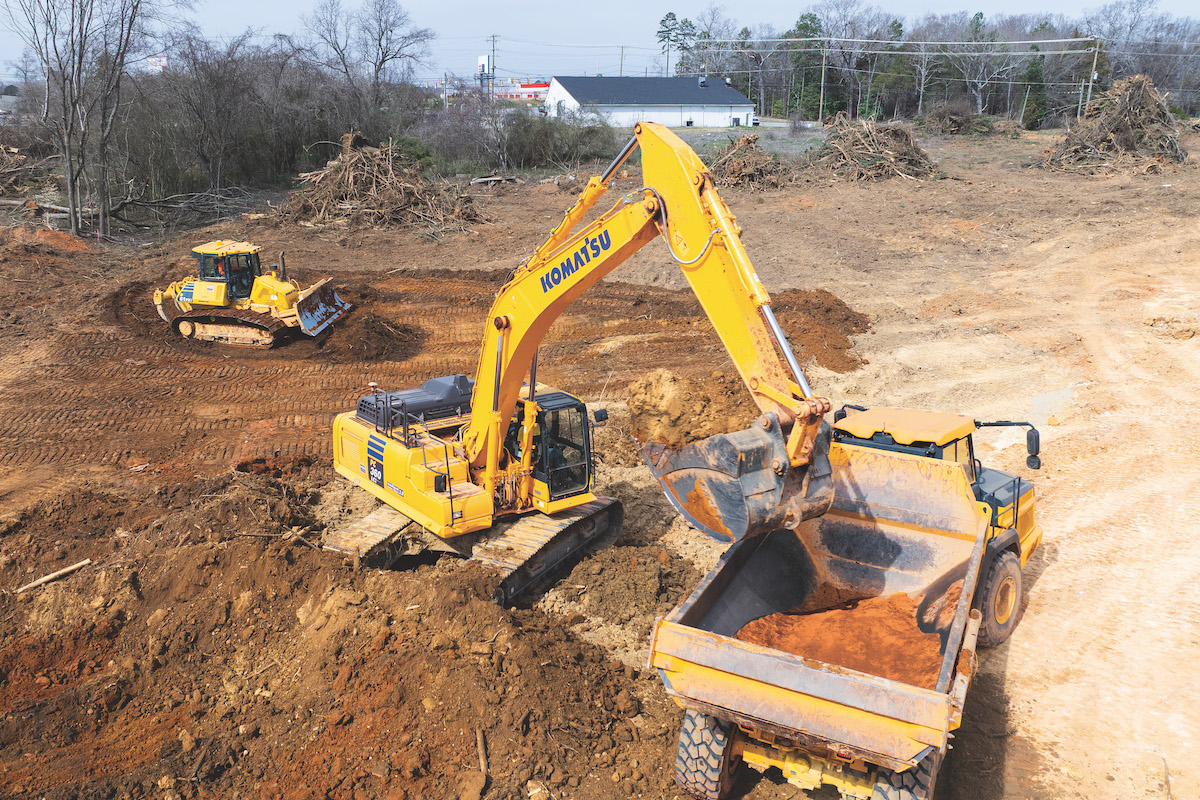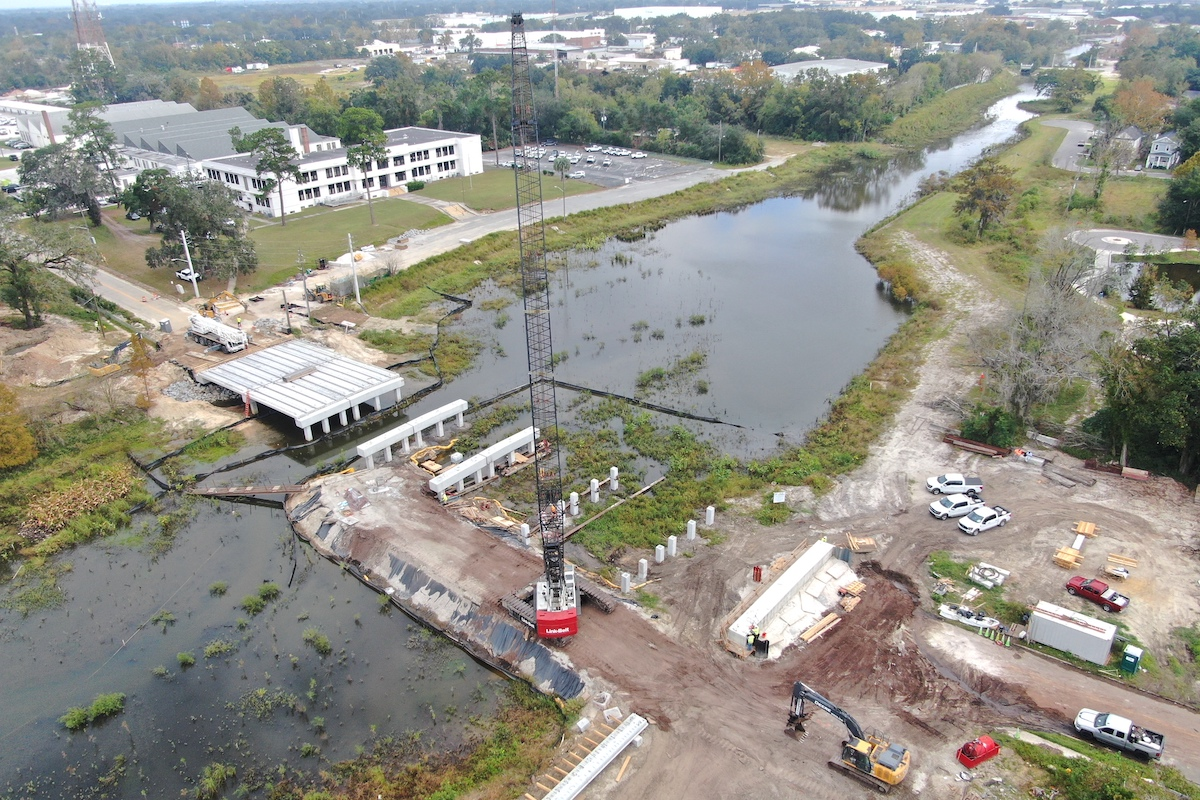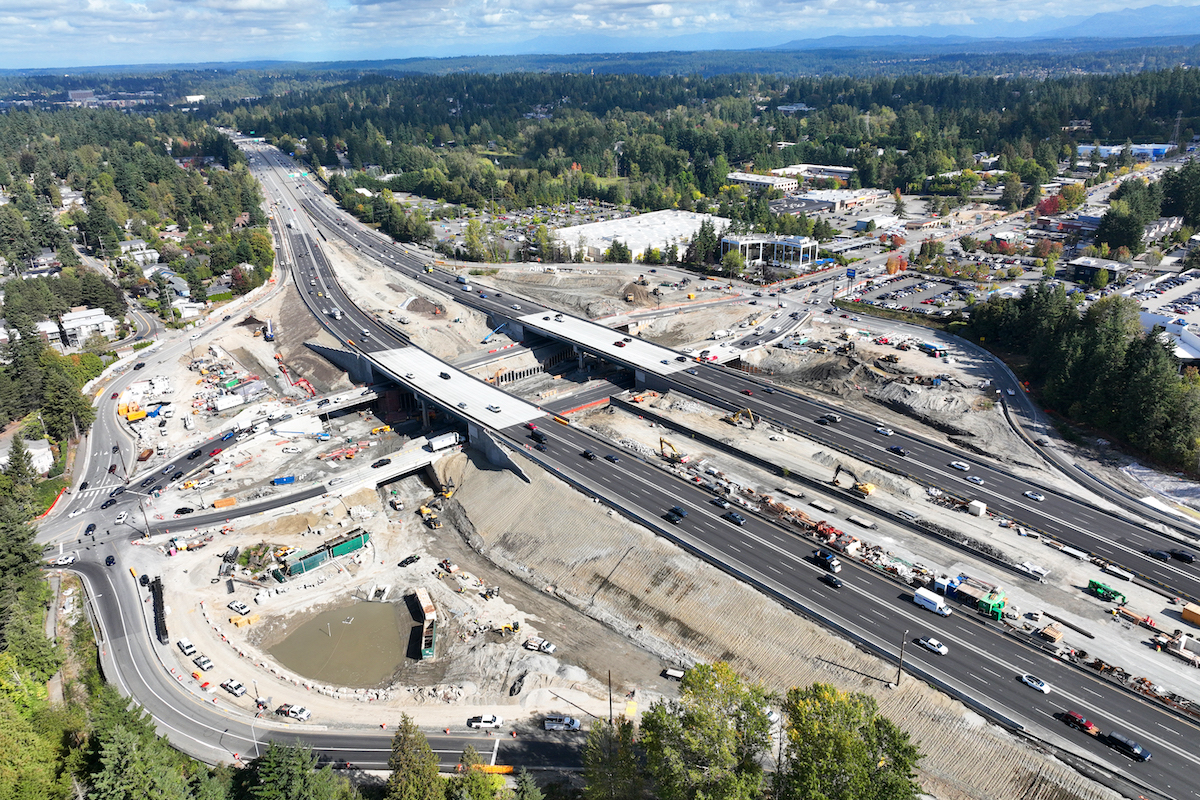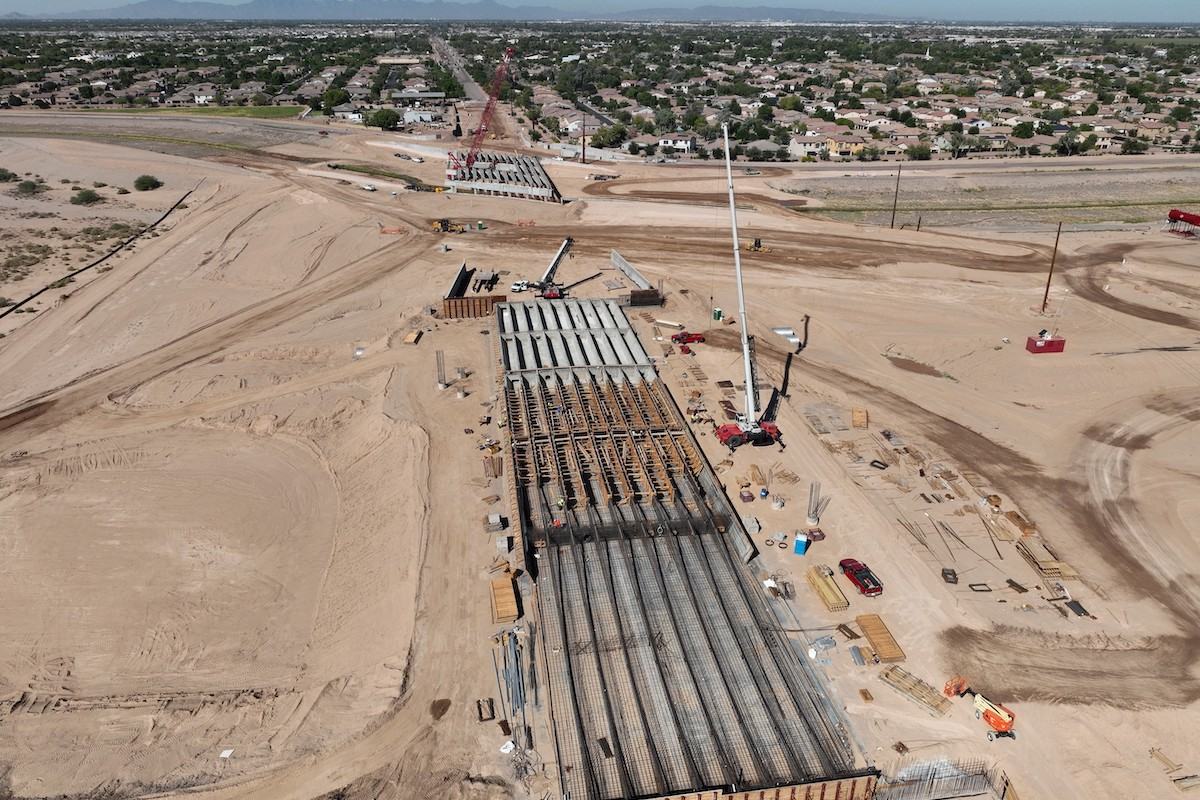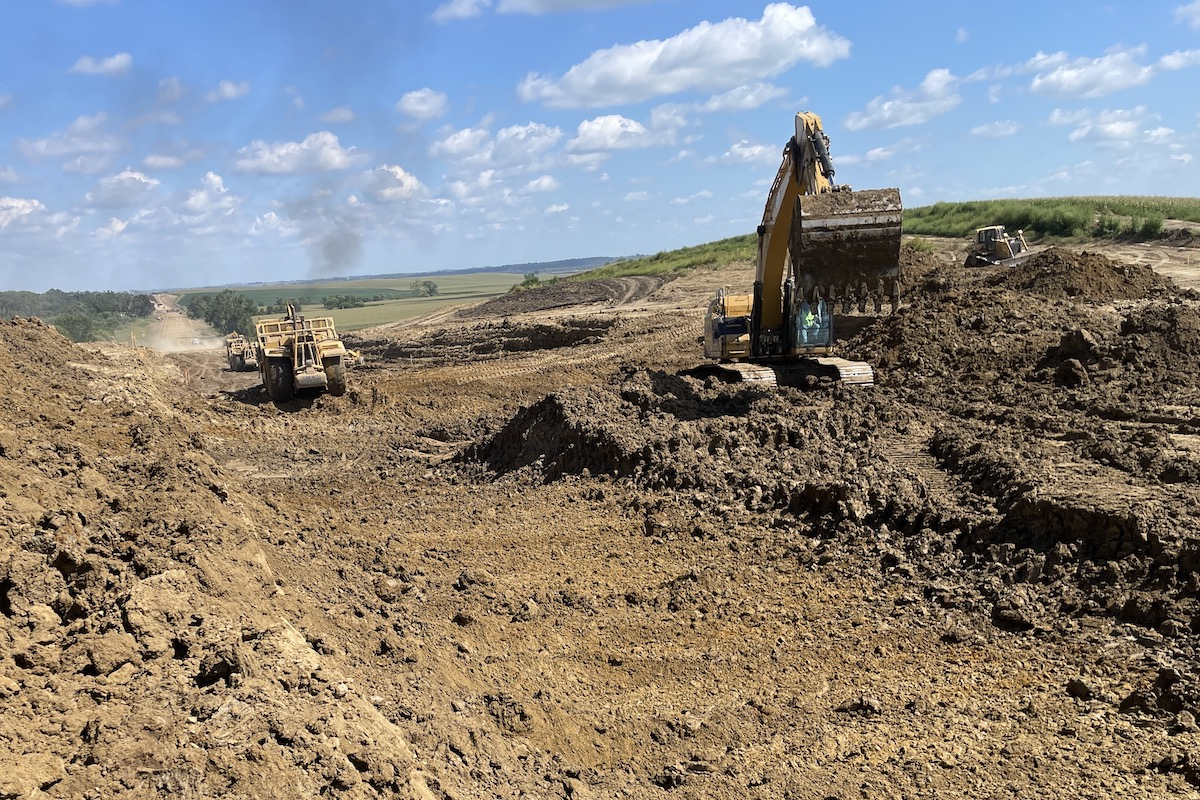Tip-overs due to improper ground conditions are among the top three types of accidents involving concrete pump trucks. In a safety bulletin, the American Concrete Pumping Association (ACPA) warns operators that “setting the outriggers of a concrete pump is one of the most critical jobs of the concrete pump operator.”
Tip-overs typically occur because of inadequate or improperly set up supporting materials (commonly referred to as dunnage), misjudging the soil, setting up too close to excavations, or hidden voids. All these situations can be avoided with proper planning and communication.
To better address these issues, the contractor, superintendent, or foreman onsite should always check in with the equipment operator to identify the safest location to set up. The contractor is responsible for providing a safe setup area for the equipment.
Failing to plan and communicate can be a plan for failure. Always take proactive measures to review and discuss objectives and ensure the resulting plan is fully understood and clearly communicated to all.
The American Society of Mechanical Engineers (ASME) B30.27 — the industry standard that applies to material placement systems — recommends that concrete pumps be set up so that “a combination of supplied outrigger pads and, if needed, timbers, cribbing, or other structural members distribute the load of the outriggers so as not to exceed the allowable bearing capacity of the underlying material.”
Setup for concrete pump trucks should be viewed with the same scrutiny you give to setting up a crane, because concrete pumps generate outrigger loads similar to cranes. The maximum outrigger load on a 42-meter pump is 55,000 pounds, while a 60-meter pump can generate outrigger loads that exceed 100,000 pounds.
The problem is compounded by outrigger float size. Standard 12-inch or 16-inch diameter floats, combined with the pressures generated by 42-meter or 60-meter pumps, result in pressures of 486 psi and nearly 900 psi, respectively. This far exceeds the under-500 psi typical for 300-ton or smaller mobile cranes. Consider the extensive planning that is typical for bringing a 300-ton mobile crane onsite, compared to the usual planning for concrete pump trucks setting up to work.
Concrete pump truck operators should always use supporting materials under outriggers. Punch-through failures occur when supporting materials are not used, or when the size or area of the supporting materials is not large enough for the ground to support the pressures imposed. This can also happen if underground hazards are not identified.
To prevent accidents and ensure successful pump operation, follow these crucial steps:
- Determine the allowable ground bearing pressure — Establish a safe limit for the ground’s load-bearing capacity at the pump’s intended location.
- Use adequate dunnage — Ensure the pump is delivered with enough supporting materials (such as outrigger pads, wooden planks, or mats) to distribute the load over a larger area. The area must be sufficient to achieve the predetermined allowable ground bearing pressure. Relying on job site scraps is unacceptable.
- Assess the site for hazards — Before placing the pump, thoroughly inspect the area for any underground hazards, including buried utilities or unstable ground conditions.
Another common problem is the type of materials used. Frequently, concrete pump operators arrive onsite then must search for scrap lumber to support these heavy, high-pressure machines. This practice is dangerous and must be avoided.
The strength and stiffness of the supporting materials need to be considered when choosing the right materials for the application. These properties determine the material’s ability to withstand both physical failure (breaking) and functional failure (bending or deformation). Using appropriate supporting materials is essential for safety and stability.
Using modular, engineered products or stacking multiple layers of wood timber or plywood is a common solution and can be an effective way to increase the bearing area of supporting materials under outriggers. This is especially true when secondary lifting equipment, such as a forklift or crane, is not available.
Keep in mind, supporting materials do not uniformly distribute loads across their surface, and there will always be some level of peak loading. Actual load distribution will be the result of how the load, ground, and supporting materials influence each other.
ASME B30.27 also calls for concrete pumps to be “set up level according to the manufacturer’s specification.” To help ensure this, all supporting materials must also be level. Most concrete pumps are designed with a fixed outrigger foot. If the surface under the outrigger foot is not level, the outrigger foot will be compromised, causing it to fail or slide off the supporting materials.
ASME and ACPA provide additional resources and best practices for the concrete pumping industry. Below are some considerations to be aware of.
When you are forced to position a concrete pump on a slope, careful planning and prep work are required. Some solutions for overcoming this challenge are to dig out an area to create a level surface or use structurally sound wedges that offset the angle of the hillside.
When the outrigger jacks cannot compensate for uneven ground or when the concrete pump truck needs to be raised to make it level, cribbing can be used. Cribbing consists of supporting materials that are stacked to create additional height. However, careful attention must be given to this approach to avoid unsafe stacking. Always use hardwood timbers or synthetic pads or blocks that are in good condition to build a stack.
The base of any cribbing stack must be large enough to reduce the imposed loads to less than the allowable ground bearing pressure. Cribbing stacks should be wider at the base than at the top, forming a pyramid or tiered “wedding cake” shape. The 1-to-3-rule — when the base is three times wider than the height of the stack — is good to follow.
Never allow gaps or voids between materials when creating a cribbing stack. This will contribute to potential instability, peak loading on individual cribbing members, and material failure.
A higher level of awareness and accountability helps contractors and operators work together to reduce tipping risks for concrete pump trucks, as this equipment needs to be given the same setup consideration as mobile cranes. With communication, planning, and proper use of supporting materials, many tip-overs can be prevented.
Kris Koberg is President and CEO of DICA, a family-owned manufacturer and distributor of supporting materials, ground protection, site access mats, and associated products. He is a contributing member of the ASME P30 committee, a member of the North American Matting Association technical committee, and recently chaired the Specialized Carriers & Rigging Association task force to create a guide covering outrigger pad selection and usage.






